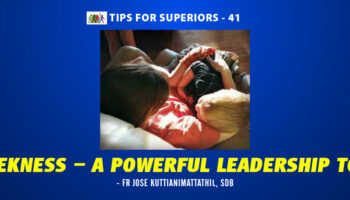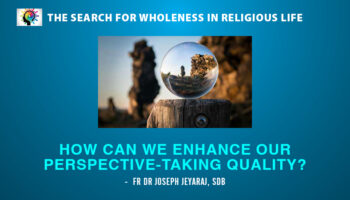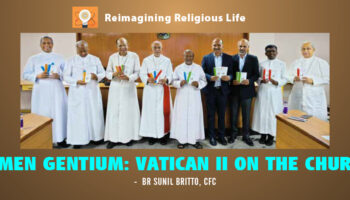For everything that is understood and sensed is nothing else but the appearance of what is nonapparent, the manifestation of the hidden, the affirmation of the negated, the comprehension of the incomprehensible (Periphyseon, Bk.3)
Scotus Eriugena was as his name suggests born in Ireland. However, he would become famous in France where he found favor with Charles the Bald and would be deeply involved in the theological debates of the day. When John was made the Master of the Frankish Palace School in 846 he was already a well accomplished person. His breath of learning was immense and he knew Greek, Latin, medicine, liberal arts and astronomy. Though he belonged to the Western tradition, he was able to integrate the insights of the Western tradition based upon Augustine and Ambrose along with Eastern writers such as Origen, Gregory of Nyssa, Dionysius and Maximus the Confessor. A major focus of his writings dealt with the relationship between God and the cosmos wherein he pointed out that though the visible cosmos reveals to us the hidden God, God will always remain the incomprehensible and transcendent mystery.
The initial works of John Scotus were translations of Dionysius and other Eastern classics by Gregory of Nyssa and Maximus. His major work would be the Periphyseon considered to be his Summa and is in the form of dialogues. This work was later called De Divisione Naturae and contains two contradictions which are held in tension. On the one hand there is the ineffability of God – i.e, the mystery of God as being too great to be expressed or described in words. Affirmations, even affirmations of God’s love can only be made metaphorically or analogically. This point of view relates to the apophatic tradition – a view that God can only be known through negations. But on the other hand, John Scotus also underlined the view that God is present (though not identified) in created reality. God ‘descends’ into created reality so that the visible manifestation or revelation of God takes place. This point of view relates to the cataphatic tradition – a view that approaches the reality of God through affirmation. John Scotus is one of the few spiritual writers in the early centuries who is able to speak of God using a language which fuses and transcends both affirmation and negation.
The spirituality of John Scotus responds to two important questions: a) what is the purpose of creation? and b) how does the progressive movement of salvation history take place? The purpose of creation is the manifestation of the Divine where God is simultaneously experienced as illumination (light) and darkness. Both, light and darkness simultaneously coexist in human experience and find an echo in the human experience of the Divine. It needs to be recalled that within all created reality, the human person has a special place because of the possibility of participating with the Divine or Creative Wisdom. Regarding the second question John Scotus affirmed that the death and Resurrection of Christ takes forward the history of salvation. History is a circular movement where the starting point is oneness and harmony. Sin has resulted in fragmentation, disharmony, illusion and ignorance and can only be overcome through the Creative Wisdom in the person of Jesus Christ. The process of reconciliation has begun and all reality is now moving towards a new point of fullness and glory. The stages of purification, illumination and union are interpreted historically with the cosmos being progressively ‘purged of all ignorance, illuminated by all wisdom and perfected by all deification’ (Commentary on the Celestial Hierarchy, 10). John Scotus Eriugena draws upon the best wisdom from both the East and West and offers a method of progressive union with the Divine – a union which is already being experienced in the here and now and will be fully accomplished in the time to come.
Fr Francis Pudhicherry SJ
To subscribe to the magazine, click Subscribe





